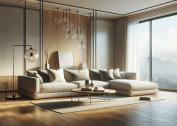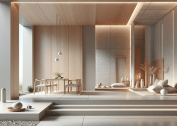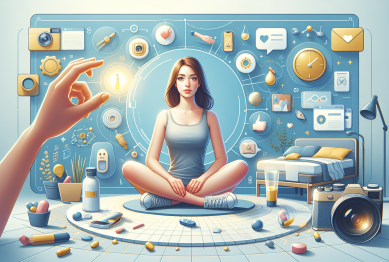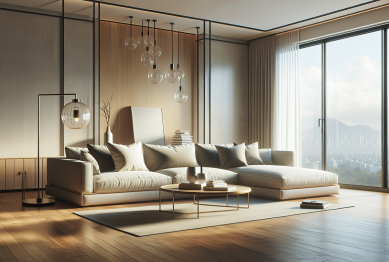In a world of nonstop notifications, open tabs, and multitasking, staying focused is becoming harder than ever. One surprisingly powerful strategy? Rethink your desk. Understanding how to design a desk that helps you think can turn your workspace from a source of distraction into a tool for clarity. While it’s tempting to fill your setup with accessories and gadgets, intentional design does more with less. The goal isn’t aesthetics for its own sake—it’s creating a space that supports mental performance.
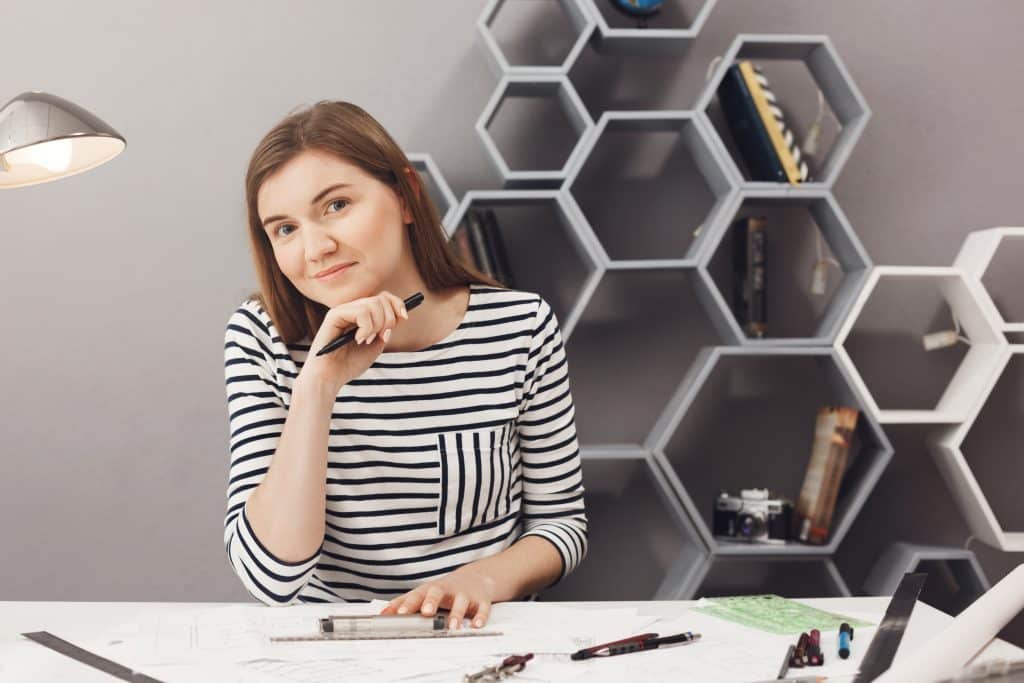
Why Desk Design Now Matters More Than Ever
Remote work, flexible schedules, and creative side hustles have blurred the boundaries between home and work environments. As a result, your desk is often your main stage for deep thinking, decision-making, and problem-solving. This shift makes workspace design a key player in cognitive performance.
A cluttered desk may seem harmless, but research suggests otherwise. A 2011 study from Princeton Neuroscience Institute found that physical clutter competes for your brain’s attention, decreasing performance and increasing stress. When your space is organized with intention, however, your brain spends less time filtering distractions—and more time thinking clearly.
The Psychology of Productive Environments
Designing a desk that enhances thought goes beyond clean lines and ergonomic chairs. It’s about engineering your environment to work with, not against, your mind. Studies in environmental psychology show that small changes—like reducing visual stimuli or adding natural elements—can have measurable effects on mental clarity and focus.
According to the Journal of Environmental Psychology, personalized and organized spaces improve mood and cognitive function. Even lighting and color choice play critical roles in cognitive regulation.
Core Principles: How to Design a Desk That Helps You Think
If you’re not sure where to start, focus on these foundational elements. Each one supports different aspects of the thinking process, from memory to creativity.
1. Minimize Distractions
Visual noise demands mental energy. Keep your workspace as uncluttered as possible by:
-
Clearing surfaces except for essential tools
-
Using drawer organizers or storage bins to keep items out of sight
-
Removing unrelated materials (books, mail, snacks) from your desk zone
This doesn’t mean sterile—it means intentional.
2. Use Defined Zones
Rather than treating the desk as one flat space, divide it into areas:
-
Work zone (keyboard, monitor)
-
Note-taking zone (notepad, pen)
-
Reference zone (books, tablet, planner)
Physical separation of functions helps your brain switch tasks without unnecessary effort.
3. Prioritize Comfort and Flow
Thinking requires stamina. Ergonomic design ensures that your body doesn’t distract your mind:
-
Chair should support lower back and allow feet to rest flat
-
Monitor should sit at or slightly below eye level
-
Keyboard and mouse should be close enough to avoid stretching
Small discomforts compound over time—and they sap mental energy.
Popular Desk Trends That Promote Mental Clarity
As more people realize how space impacts cognition, new desk trends are emerging—many grounded in behavioral science and user experience design.
Standing Desks & Adjustable Workstations
Alternating between sitting and standing boosts circulation and keeps fatigue at bay. Additionally, small shifts in posture can trigger new thought patterns and reset attention levels.
Biophilic Elements
Nature-inspired design isn’t just stylish—it’s brain-friendly. A desk plant, wooden surface, or even a desktop background of a natural scene can promote calm and focus.
Research from the University of Exeter found that productivity increased by 15% when workplaces included plants.
Soft, Adaptive Lighting
Cool lighting promotes alertness, while warmer tones support reflection and decompression. Task lamps that let you adjust brightness and temperature throughout the day are becoming essentials for thoughtful desk design.
Step-by-Step: How to Design a Desk That Helps You Think
Creating a functional and inspiring workspace doesn’t require a big budget—just a methodical approach. Here’s a structured way to build your own cognitive-friendly setup.
Step 1: Audit Your Current Setup
Start by clearing your entire desk. Place everything on the floor or another surface and assess:
-
What do I use daily?
-
What distracts me?
-
What feels energizing?
Only reintroduce items that directly support thinking or necessary tasks.
Step 2: Establish Purpose-Driven Zones
Use layout markers like desk pads, trays, or even light placement to define:
-
Focus Zone (main screen or notebook)
-
Creative Zone (sketchpad, colored pens)
-
Planning Zone (calendar, sticky notes)
These physical boundaries help your brain follow mental cues with less resistance.
Step 3: Reduce Micro-Decisions
Decision fatigue is real. Streamline your workflow by:
-
Limiting pen choices to two or three
-
Using a consistent color scheme
-
Placing items where your hands naturally reach
These small efficiencies preserve cognitive energy for bigger problems.
Step 4: Anchor Deep Work With Cues
A scent diffuser, focus timer, or even a ritual (like turning on a lamp) can signal it’s time to think deeply. Over time, these cues become habit triggers for concentration.
Step 5: Refine and Reset Weekly
Even the most intentional setup can degrade over time. Block 15 minutes weekly to clean, reset, and realign your space with your evolving needs.
Mistakes to Avoid
Designing a desk for better thinking is as much about what not to include as what you do. Here are common pitfalls:
-
Overloading with tools: More apps, screens, and accessories don’t equal more productivity.
-
Too much personality: A few personal items are grounding, but visual clutter (photos, souvenirs) can compete for attention.
-
Ignoring sensory balance: Harsh lighting or busy patterns can be subtly draining.
-
Neglecting sound: Ambient noise levels matter. Invest in noise-canceling headphones or soft background sound if needed.
Desks in the Entertainment and Creator Economy
Creators, streamers, and remote professionals have led a silent revolution in workspace design. Their setups aren’t just practical—they’re strategic.
Examples include:
-
Single-monitor setups for laser focus during writing or coding
-
Color-coded task boards visible during video calls for structured planning
-
Adjustable lighting rigs not just for video quality, but for managing mental energy during long shoots or editing sessions
What’s common across these setups? They’re built around intentional workflows, not just style.
Conclusion
Learning how to design a desk that helps you think is ultimately about turning your space into a partner in problem-solving. Rather than reacting to your surroundings, you shape them—so they can, in turn, shape your thoughts.
This isn’t about perfection. It’s about small, smart choices that remove friction and support flow. Whether you’re tackling deep creative work, daily decision-making, or moments of reflection, your desk should act as a mental ally—not a mental drain.
The clearer your workspace, the clearer your mind.
References
-
- Princeton Neuroscience Institute – Clutter in workspaces impairs focus
https://pubmed.ncbi.nlm.nih.gov - University of Exeter / ScienceDaily – 15 % productivity boost from office plants
https://www.sciencedaily.com - Harvard Business Review — The Case for Cleaning Your Desk https://hbr.org
- Princeton Neuroscience Institute – Clutter in workspaces impairs focus




